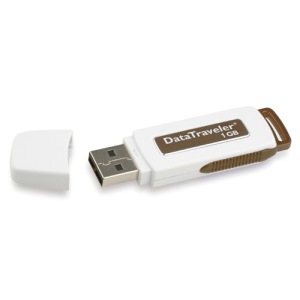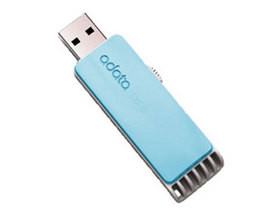Long time no see,
Intro (You can skip that if you’re not interested in my diatribes)
————————————————————————————————
I am currently working on my thesis. It’s about non-invasive monitoring, multiphase flow pattern recognition.
I work on Ubuntu and have MATLAB installed here. I must work with things like attractors, phase space, Kolmogorov entropy, Correlation dimension, etc.. Apparently, there’s no code for that on the Mathworks scene.
However, I found out a great tool called RRCHAOS (which seems to be used by “everyone” in that line of research).
RRCHAOS is a tremendous tool, it works on DOS. So, I installed a DOS virtual machine (VirtualBox) on Ubuntu.
The problem though is that it doesn’t really know how to manage my CPU (Core i5). Yes, I know, there’s a tool called DOSIDLE, but still..
And I wanted an XP box too. So I installed XP.
First issue, I have RRCHAOS on my USB drive and you can’t have access to that on your virtual machine.
ISSUE 1: USB support on virtual machine, XP guest, Ubuntu host.
Solution: I am using Gnome, not Unity
sudo apt-get install gnome-system-tools
Then
users-admin
Click on “Manage Groups”. Seach for “vboxusers” in the list. Double click, and check the user you want to add. Close. Log out, log in. Launch VirtualBox. If in the “Settings/USB” USB isn’t checked, check it and boot your virtual machine.
Go to devices, and choose your USB drive. It should work fine.
Second issue is that when I tried to execute RRCHAOS, it says there’s a problem with “config.nt”, that the system file doesn’t support DOS or Windows programs..
You can do some things. You insert your XP CD, and do the following on a command prompt (in case you wonder Windows+R or Start/Run then cmd)
expand CDDRIVE:\i386\config.nt_ C:\windows\system32\config.nt
expand CDDRIVE:\i386\autoexec.nt_ C:\windows\system32\autoexec.nt
expand CDDRIVE:\i386\command.co_ C:\windows\system32\command.com
Now, when I executed it. It ran, however .. It said that I needed at least 2MB of EMS memory.
What you want to do here is to look for a file named “_default” in the Windows directory. You right-click on it, and choose “Properties”. You click on the “Memory” tab. Look for EMS and choose “8192” (8MB). Apply and close.
My program runs… BUT.. In heavy computations (Correlation dimension, for example).. It gets HOT.
I open the system monitor, and it turns out there’s one CPU working at 100% capacity.
I close Windows, and click on Settings/System/Processor .. I chose 4CPUs. So that they can work in turns.
By the way, if anybody has worked on a topic like mine (pattern recognition, dynamic systems, non-linear time-series, attractors, multiphase gas-liquid flows, etc..), make yourself sparkle as Edward did in Twilight. I could ask a couple of questions.



